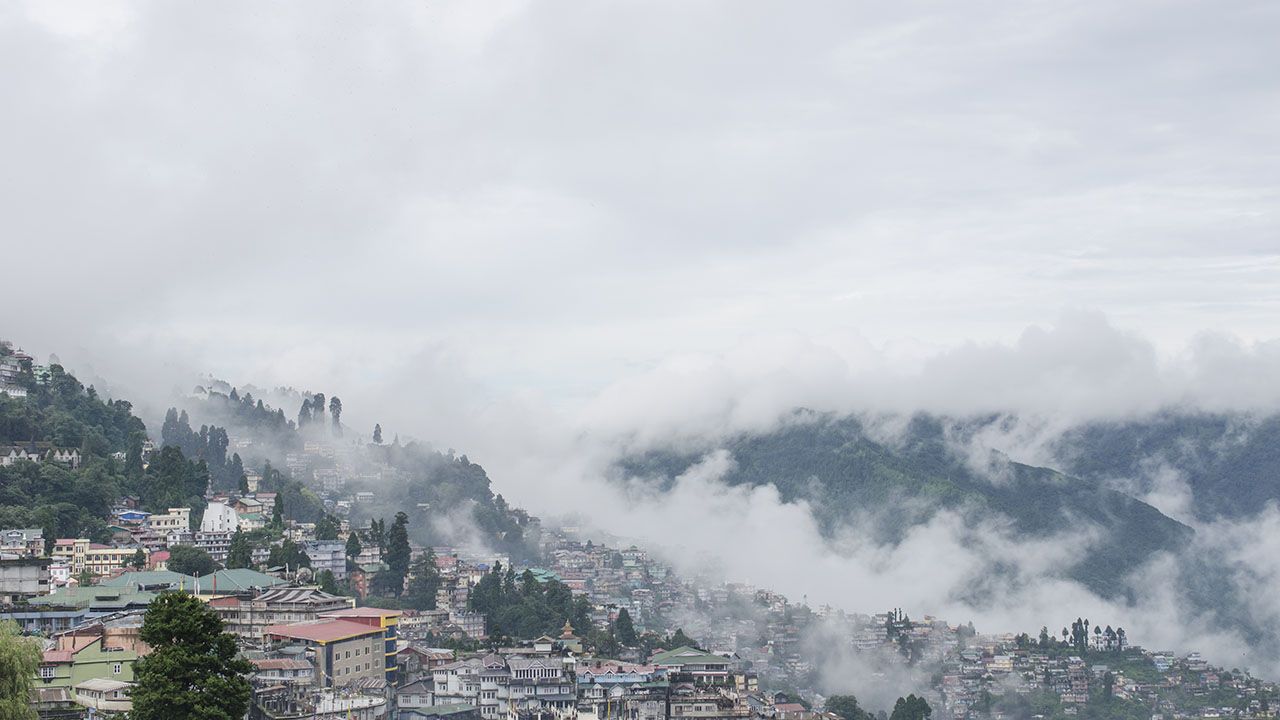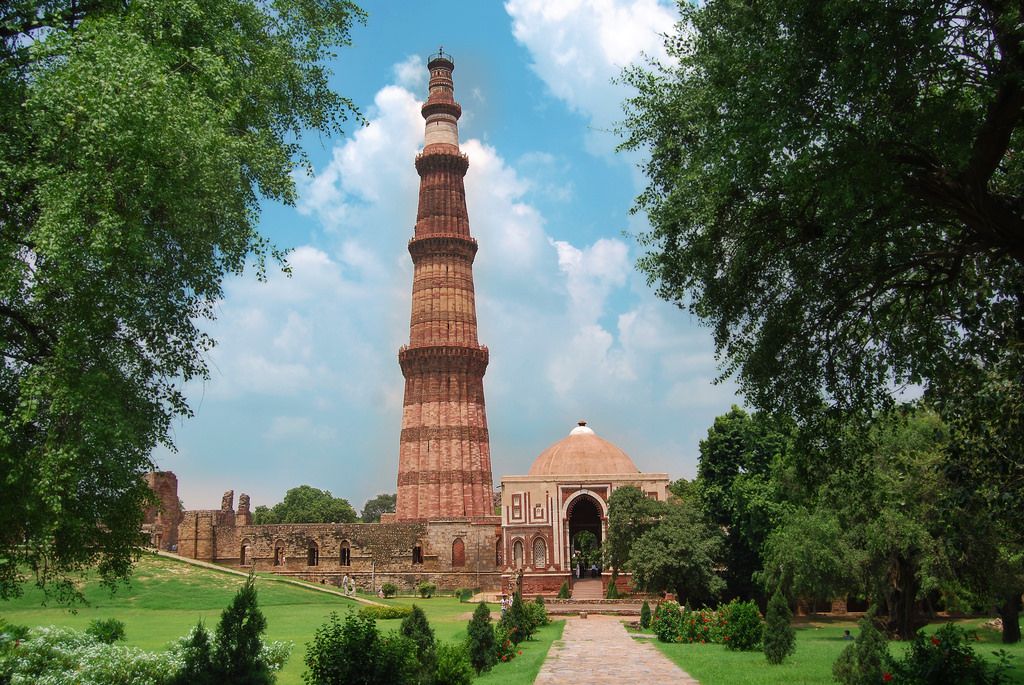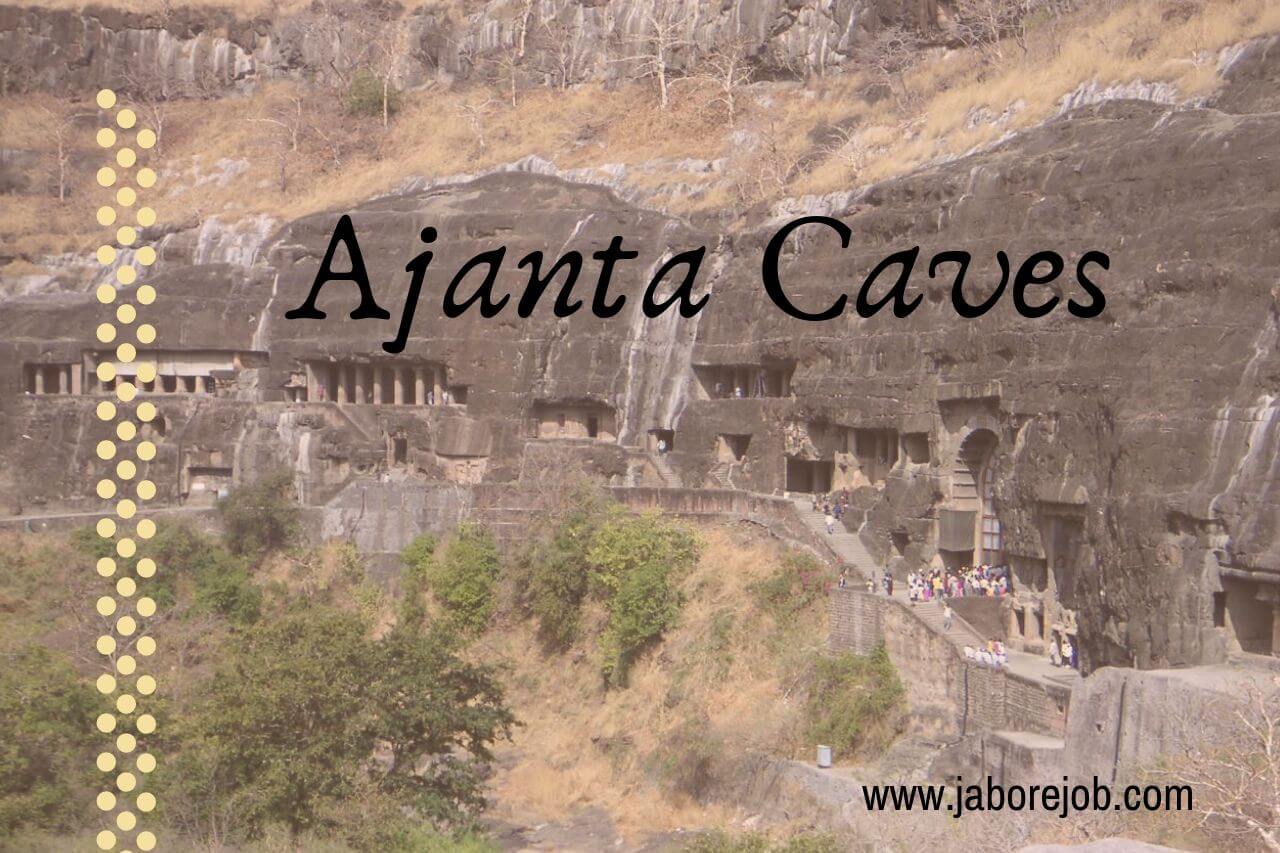Darjeeling is one of the fascinating hill stations in India. It is situated 663 km from Kolkata and 80 km from Siliguri.
Its average elevation is 6710 ft. Darjeeling is an internationally renowned tourist destination Its eminence is also related to the famous tea industry.
Charming Darjeeling is non-parallel for tourist attraction. Clouds in Darjeeling come down on streets, hotel rooms through the window.
Snow-capped Kanchenjunga in the extended horizon is visible in Darjeeling throughout the year. The tourists are infatuated with its maddening beauty.
In order to establish a sanatorium and a military depot, British India planned to develop Darjeeling town. At the same time, the possibility of widespread tea plantation in this area also encouraged the British.
In the course of time, the consequential supreme brand of black tea of Darjeeling gained worldwide reputation and gets the highest rank.
The name Darjeeling is originated from ‘Dorjee’ which means thunder. Dorjee Lingh OR Land of Thunder is the source of the name Darjeeling.
According to another opinion, in the Tibetan language, the big hill is Darjeeling. According to Lepcha language, DARJULANG or the residence of God is the source of Darjeeling’s name.
History of Darjeeling
Darjeeling was under Sikkim State in the 19th century. In 1780 Gorkhas from Nepal occupied Darjeeling.
Nepalese left Darjeeling in 1817 being defeated in Anglo-Nepal War Two British Lloyd and Grant in 1828 decided to establish sanatorium and hill station in Darjeeling.
British also felt its importance as a controlling point over Nepal and Tibet.
With the help of the king of Sikkim British got Darjeeling as a reward in 1835. At the same time, the British developed the tea industry in Darjeeling.
Twenty-five percent of Indian tea has been produced in Darjeeling. Pankhabari Road was the derivable road constructed in 1840.
In 1860 Darjeeling was recognized as the summer capital of Bengal Presidency. Many schools and welfare organizations were established.
Climate and The Haunting Natural Beauty
Darjeeling is the headquarter of the district. The hills are in very peek and the snow-clad Himalayan tower inside the town with distance and Kanchenjunga is the World’s 3rd highest Peak containing 28209 feet is the main and important tourist attractions.
The annual mean maximum temperature is 14.9 °C (58.8 °F) while the mean minimum temperature is 8.9 °C (48.0 °F) with monthly mean temperatures range from 5–17 °C (41–63 °F) The lowest temperature recorded was −5 °C (23 °F) on 11 February 1905.
The natural springs of the Senchal Range provide the majority of its water supply and the city has an underground sewage system. The dense evergreen forestry and the flora around Darjeeling consist of Sal, Oak, Semi-evergreen, temperate and alpine forests.
The Lloyd’s Botanical garden preserves uncommon and scares species of plants and Padmaja Naidu Himalayan Zoological Park has expertise in conservation and breeding endangered Himalayan species.
Economy of Darjeeling
The two most significant sources of income are the tea industry and tourism. Darjeeling has a distinctive environmental condition, therefore Tea includes an extraordinary natural flavor, is internationally famed and wide-spread as a geographical indicator.
7% of India’s Tea is produced by Darjeeling but it also faces heavy competition from different parts of the country even from residing country Nepal recent times.
Extensive concerns about labor disputes, worker layoffs and closing of estates have hampered investment and production process.
How to Reach Darjeeling
By Air:
The nearest airport is Bagdogra in Siliguri located at a distance of 96 kilometers. Air India has flights from New Delhi, Guwahati and Kolkata, moreover Jet Airways, Indigo, and Air Deccan have respective flights from the above destinations. Druk Airways have their flights from Paro and Bangkok.
It is a bit tricky to get in from Nepal because One can catch a share jeep to Siliguri and a bus to the Nepalese border, changing buses in Nepal.
An air journey from the Bhadrapur airport in Nepal for the connecting flight to Kathmandu is not only costly but it is difficult to organize the related transport. It is more expensive than organizing own transport
By taxi or shared jeep:
The most popular modes of transport are a taxi (typically shared by three to four passengers), shared jeep (ten passengers) @Rs.150/ to Rs.200/ depending on the time of travel. One can have access to shared jeeps regularly, from a number of locations around town.
They only leave when the vehicle is filled up, and are a cheap, fast and practically comfortable way to get to Darjeeling. It is better to hire those vehicles which are coming from Darjeeling because the rents will be cheaper.
By bus:
There are regular bus services from Siliguri but due to the steep and twisty road, this journey is slower.
By train:
New Jalpaiguri which is very near to Siliguri is the closest railhead on the main intercity track, Several trains ply regularly to NJP (New Jalpaiguri Junction railway station) from New Delhi and Kolkata.
The famous Darjeeling Himalayan railways still have the unforgettable charm of a slow and mesmerizing journey to Darjeeling from NJP and this particular railway find a pace in the heritage site list of UNESCO.
This particular route is very popular and romantic and has been the source of many stories and screen topics for Bollywood films. But the time taken is very long (9 AM-3:30 PM) but it is a lifetime experience.
But somehow presently due to repair work, this option is not available, but the ‘divine journey’ will resume soon.
Demography and Ethnic Profile
According to the census of India 2011, Darjeeling urban population was 132,016, in which 65,839 were male and 66,177 were females. The sex ratio is 1005 females per 1,000 males and 0–6 years population is 7,382.
The effectual literacy rate for the population older than 6 years is 93.17 percent. The three largest religions are Hinduism, Buddhism, and Christianity in the order of the number of people. The majority of the population are Gorky of ethnic Nepali background.
The Historical ethnic groups include Limbu, Tamangs, Bhutias, rai, Lepchas, Newars and Sherpas. There are many other communities that also live in the place which includes Anglo Indians, Marwaris, Chinese, Biharis, Bengali’s and Tibetans.
Just getting around: Darjeeling is a small town and in a healthy climate walking around the town proves to be hugely enjoyable. If you are planning for long trips, there are taxis available in stands near the entrance of the Mall.
In fact, the grand way to spend a day is to take a share-jeep to Ghoom (the next town up the valley), then a stopover at some monasteries and walk back to Darjeeling through some of the villages.
Darjeeling Culture
Apart from the most important religious festivals of Dashain (Durga Puja), Tihar (Diwali) and Charismas the various ethnic inhabitants celebrate many different native festivals.
For example, once the Lepchas and Bhutias celebrate New-year in January, the Tibetans celebrate in February and March.
Quite significantly the birthday of Lord Buddha is celebrated in June with a long traditional procession and one can truly find the portrayal of Darjeeling type of music and cultural heritage during the 10 days long Darjeeling carnival in the winter.
Darjeeling is supposed to be a center of music and a forte for musicians and music admirers and lovers.
Singing and playing musical instruments is a widespread pastime among the resident population, who take pleasure in the traditions and function of music in cultural life.
Darjeeling Tourist Places List
1. Mall
To give pleasure and to entertain the tourists Mall in Darjeeling is nonparallel. Shops and Tibetan Stalls with sweaters, antiques, and souvenir of Himalayan artifacts, Photo Shops with paintings and old aged paintings invite tourists to fulfill their thrust for collections of their choice.
Adjacent to Mall there are many hotels and one should select any of these hotels around the Mall. The Tourist Office is also located at Nehru Road adjacent to Mall. The Mall ends at Chaurasta which is a square. The attraction of the Mall in Darjeeling is undeniable.
Snow-capped Kanchenjunga is visible just right of Chaurasta. Tourists with colorful dresses love to roam about Mall. Sitting arrangements are also available in Mall.
2. Observatory Hill
Adjoining to Mall heavenly beautiful Kanchenjunga is visible from Observatory Hill. Mahakal Cave is another attraction of Observatory Hill.
Originally it was a Bhutia Monastery, destroyed in the 19th Century and thereafter Shiva temple was built.
3. Natural History Museum
It is located just below the Observatory Hill and three minutes walking distance from Mall.
It came into existence in 1903. More than four thousand species of dead creatures including butterflies, insects, mammals, birds are exhibited here. Museum remains closed on Thursday.
4. Himalayan Mountaineering Institute
It is the first mountaineering institute in India, In 1954 the name was changed in Tenzing Norgay Mountaineering Institute.
In the T Everest Museum of the Institute mountain climbing equipment’s including Everest climbing in 1957 is being displayed.
5. Padmaja Naidu Himalayan Zoological Park
Adjoining to Mountaineering Institute this Zoological Park is renowned for Himalayan Black Beer, Red Panda, Siberian Tiger, Tibetan Wolf, Deers, Panther, Leopard.
6. Rock Garden
It’s a stunning place with a small waterfall. This place is graced by beautiful flowers as landscaped in the rocks.
7. Rangeet Valley Ropeway
It is located 3 km away from town at Rangeet Valley. It is the first passenger ropeway in India.
Crossing the Rangeet river over tea gardens eight-kilometer long ropeway connects Darjeeling with Singhal Market in 45 minutes.
8. Dhoom Gompa
Dhoom Gompa 8 km away homes a very beautiful statue of the Maitreya Buddha and the Monastery has also preserved some of the unusual handwritten Buddhist manuscripts.
9. Bhutia Busty Monasteries
It was built in 1765. In 1815 Nepalese plundered and destroyed the Monastery. In 1861 The Monastery was newly constructed near Scent Andrews Church. The present Monastery was built in 1879.
10. Samten Choling Monasteries
This monastery belongs to the Gelugpa sect of Buddhism or known as the Yellow hat community. The monastery is open for all. Ghum, the rail station at the highest altitude of the world is here at this place.
There is a 26 ft tall stoopa. It has been built in memory of Lama Anagarika Govinda who is an eminent scholar of Buddhism.
11. Tibetan Refugee Camp
To rehabilitate the refugees coming from Tibet with Dalai Lama Tibetan Refugee Self Help Centre was established in 1959.
Tibetan handicrafts are sold here. Carpet, woolen cloths, products made of wood and leather, wood carvings, Tibetan coins can be bought here.
12. Lloyd’s Botanical Garden
In 1878 Sir Ashley Eden established this garden. Orchid, Himalayan fauna and different kinds of flowers are exhibited here.
13. Tiger Hill
Tiger Hill is so named because of the reflection of colorful stripes of the rising sun. 360 degree wide Himalaya is visible from Tiger Hill. It is located 12 km away from Darjeeling town at the height of 2590 meters.
The dispersion of color from the rising sun creates magic. Change of color is the unique feature of Tiger Hill.
It is reflected in Kanchenjunga. In cloudless morning Mount Everest is also visible. Different Tibetan peaks are also visible from Tiger Hill.
Shopping in Darjeeling
The special attraction the Tea
Darjeeling is well-known the world over for its teas, which are very sweet-smelling and have a delicate taste.
Shops selling teas (generally owned by local tea gardens) are clustered in and around the Mall, and at the Chowrasta.
Golden Tips & Nathmulls are particularly known for their tea and also worldwide. One can stop by to smell the plentiful varieties they have to offer.
‘Darjeeling Tea House’ located straight to the Nathmulls is also a good place to purchase tea.
Curio items belonging to Tibetan and Himalayan cultures, such as thangkas, tiny monasteries, and garments made from yak wool.
Shops are positioned in and around the Rink Mall, Chowrasta and Darjeeling Local Haat.
Dorjee
The most charming & exotic collection of local oriental & Buddhist artifacts is located opposite to the General Post Office. This place, though amazingly small, is more like a mini Aladdin’s cave type place.
A must-visit for all objects and art lovers… In fact, it is always true that when buying artifacts it is best to first carry on a small survey and not to appear in a hurry.
One can try several shops which are opposite the state bank of India and also below the mall, chowrasta.
Hand-Pick
It is situated inside the Rink Mall, this place presents an overabundance of handicrafts not only from in and around Darjeeling but quite a few places across the country.
One can have convenient access to Ethic garments, statues in wood, metal, leather goods & tribal dresses & footwear, thangkas, Rajasthani decor ware singing bowls, artificial jewelry, paintings, giftware, furnishings, etc. Prices are fixed, labeled & reasonable.
Oxford Bookshop, Chowrasta
The book warms will find definite respite because it has an excellent selection of titles and local travel guides.
Das Studio, the Mall
The buyers can choose from the excellent assortment of posters and cards depicting scenes of the Himalayas.
Handbags & junk jewelry- Darjeeling is an exclusive place where buyers can get a selection of ladies’ handbags and junk jewelry at an entirely affordable price.
Do you know about the facts and details of Taj Mahal
Nearby Attractions
a) Nightingale Park/Shrubbery Park
Distance will be about 2-5 km from Darjeeling Railway Station and a walkable distance from the Chowrasta.
It is a beautiful park with an assortment of the cultural program performed daily during the tourist season and it’s opening time is 4.00 p.m. and closing time is 8.00 p.m.
The park has recently been re-developed, and currently includes a giant Sculpture of Lord Shiva, a temple, and provisions for interactive recreation.
b) Phalut & Sandakphu
The tourists like the smaller trip of Phalut and Sandakphu which makes them reach the high peaks.
The en-route trail is marked by giant flowering Rhododendron trees, a rare combination of reds pinks and whites Dwarfs comprise of on attaining heights of over 3,048 m, one is surrounded by leafless skinny trees and branches, which are especially, wear a strange look when the clouds roll in and cover the area.
c) Pashupati
One can purchase foreign goods at practical prices in Pashupati near the Nepal border; one can view wildlife such as the endangered one-horned Rhino, Deer, Gaur, and wild boar while seated atop an Elephant’s back at Jaldapara Game Park;
d) Kurseong
Kurseong is mid-way between Siliguri and Darjeeling. The way from Darjeeling to Kurseong is usually open to tourists throughout the year, This place is equally gorgeous and is full of natural magnificence.
e) Mirik
Mirik is 52-km from Siliguri and 55-km from the Airfield of Bagdogra. Mirik is being urban as a new hill station to visit.
Mirik is surrounded by tea estates, orange orchards, and cardamom plantations and the place is adequately equipped to fulfill tourist needs.












